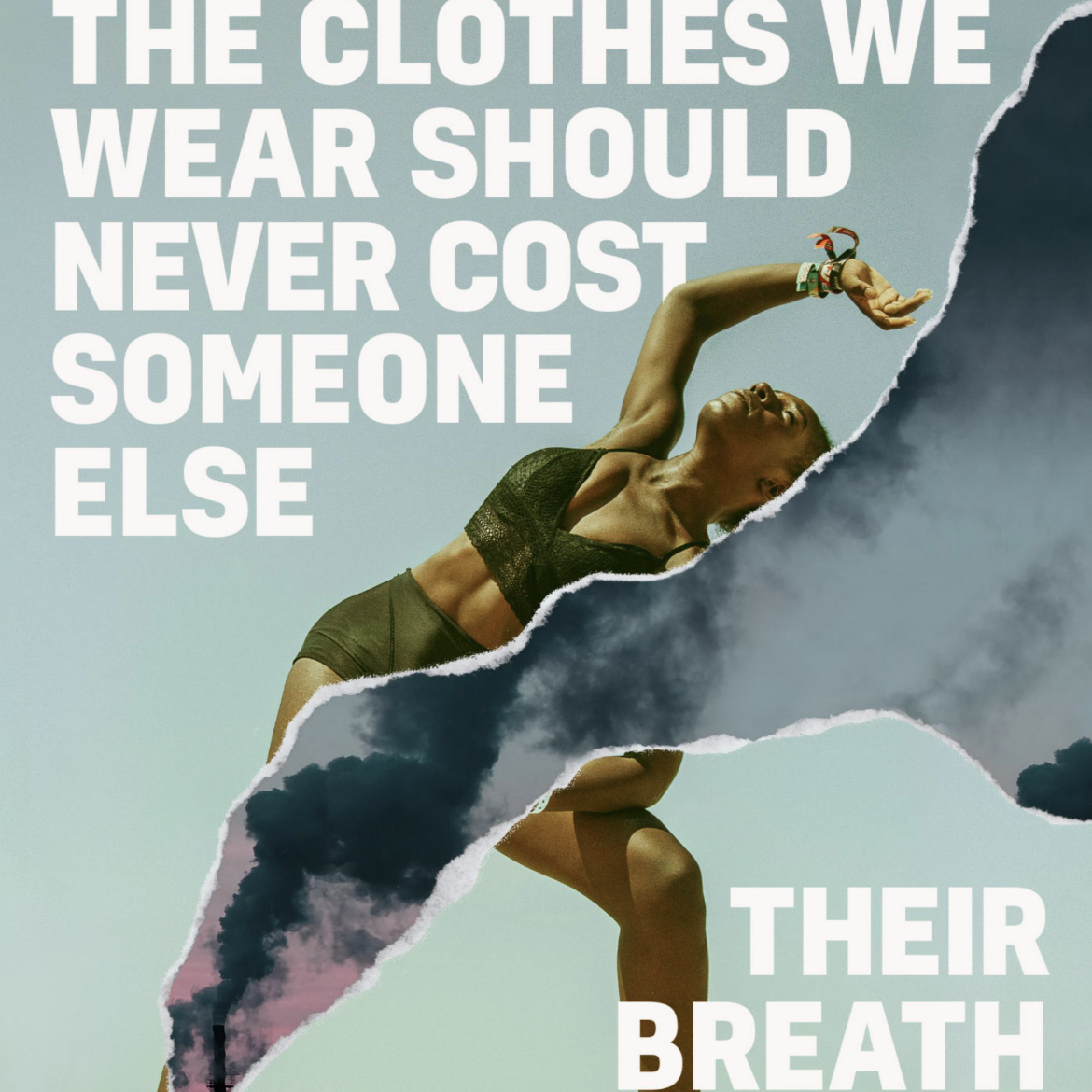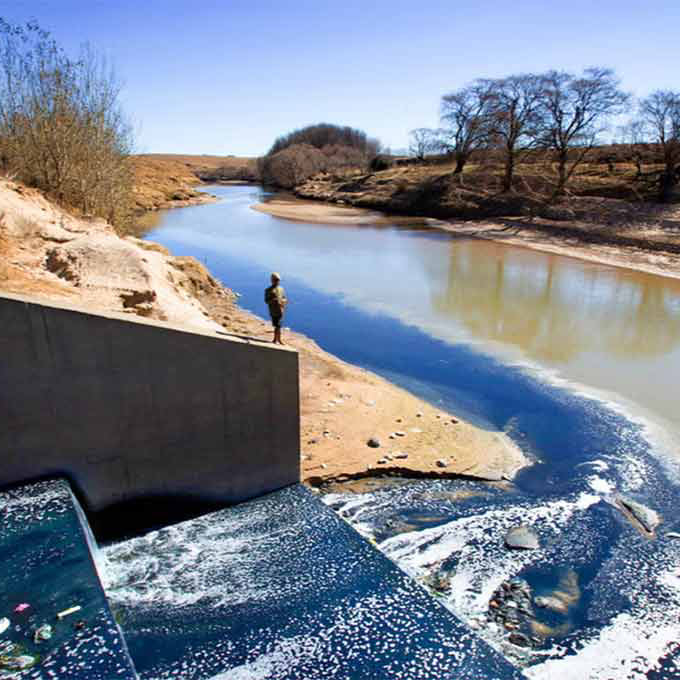The Future Is Green: 5 Key Sustainability Trends to Expect in 2025

As we kick off 2025, sustainability remains a critical priority for major industries and small businesses alike. From packaging to fashion, businesses and consumers are more conscious than ever of embracing practices which will to help shape a greener future. We’ve summarised five sustainability trends that experts have tipped to be in focus this year.
5 Emerging Sustainable Trends for 2025: From Eco-Friendly Fashion to Green Tech

Embracing A Circular Economy
In 2025, circular economy models are expected to gain widespread adoption across industries. These models focus on extending product lifecycles, promoting reuse, and emphasising recycling. You can read more about circular economy in our blog post: The Circular Economy Explained.
As consumers, we’re likely to notice more sustainable packaging innovations from brands and retailers, with companies continuing to move away from single-use plastics in favour of biodegradable and reusable alternatives.
Within our own lifestyles and in our homes, we can focus on doing the same. Simple swaps can make a big difference. For example, opt for reusable bags and containers instead of single-use plastics. When decorating your home, consider buying second-hand furniture or upcycled pieces— in many cases, older vintage furniture is of higher quality and will continue to serve you well for years ahead.
Instead of throwing things away and contributing to landfill, get creative! Could old jars become storage containers or candle holders? Could you repurpose or repair damaged clothing? The idea of a circular lifestyle is something we can embrace every day with a little effort.
Achieving Net Zero in Fashion
Net zero is the balance between the amount of greenhouse gas produced and the amount removed from the atmosphere. In the highly pollutive world of fashion, achieving net zero remains high on the list of goals. However, fast fashion giants continue to gain criticism for overproduction, textile waste, and labour exploitation.
Moving forward, the industry needs to adopt more sustainable practices and focus on reducing waste at its source in order to protect the planet as well as improve conditions for garment workers behind the scenes. That’s why sustainable brands like ours focus on launching only two collections per year, using GOTS certified materials and ensuring safe and fair working conditions for the talented people who make our clothes.
We also encourage and incentivise our customers to wear their items at least 30 times with our 30 Wears Rule. As an industry, the fashion world is unlikely to achieve net zero until consumers are also on board and demand for fast fashion reduces.

Tackling Greenwashing: Building Trust in Green Claims
We’ve all seen products boasting ‘sustainable’ or ‘eco-friendly’ labels, but not all claims are as green as they seem. The best way to avoid falling for greenwashing is to do a little digging. Look for certifications like GOTS or Fair Trade, and don’t be afraid to ask brands about their practices. For instance, if a brand says their packaging is biodegradable, check their website for more details. Transparency is key, and genuinely sustainable companies will be open about their efforts—and their challenges. As a consumer, your curiosity can push businesses to do better. At Vino Supraja, our sustainability report is publicly available along with more information on our ethical practices.
From a legal perspective, we expect to see greenwashing coming under major scrutiny in 2025 as regulators and consumers are demanding greater transparency with heightened accountability. Hopefully, enforcement of regulations will ensure stricter oversight of sustainability claims and consequences for those who break the rules.
Financing Biodiversity Protection
Biodiversity loss is becoming a central focus for businesses as they recognise the links between ecosystems, human health, and economic resilience. In 2025, many companies are set to align their goals with new targets to slow nature loss by 2030. Actions such as better conservation of land and oceans, restoring water sources, reducing the loss of biodiverse areas and cutting global food waste in half are all on the agenda along with many other targets.
As an individual, supporting biodiversity can begin at home. Do you have a garden, balcony, or even a windowsill? You can support local ecosystems by planting native species that attract bees and butterflies. Avoid chemical pesticides and opt for natural solutions like composting instead. Growing your own veg and composting food waste are also great ways to benefit your own personal health.
Our blog post, ‘Gardening and Growing Through Climate Change’ offers useful tips and more information on how to be more green fingered around the home and garden.

Water Stewardship
As reported by the United Nations, water scarcity is emerging as a critical global issue, with 1.8 billion people expected to face absolute scarcity and two-thirds of the population experiencing water stress by 2025. The wildfires in Los Angeles this month highlighted the dire effects of water scarcity, with a lack of water contributing to the difficulties in fighting the blaze.
While governments and companies look for solutions to water supply issues by implementing water-saving initiatives and setting ambitious replenishment targets, we can make changes in our practices too.
Simple changes such as limiting your shower times, reducing baths, turning off the tap while brushing your teeth and opting for shorter washing machine cycles could make a huge difference to your overall water consumption by the end of the year. Outside of the house, choosing plants for your garden that thrive in your local climate and don’t need constant watering throughout the summer months will also help to reduce your water usage.
Thinking ahead to drier spells is important for water conservation. During wetter months, collecting rainwater for use in your garden is easy with objects like affordable water butts that can be connected to guttering systems. These small changes can have a big impact, especially during hotter months when water resources are stretched thin.
As climate change continues to affect our planet and resources, the onus is on each of us to adapt and change with it.
What Are Your Sustainable Goals in 2025?
The year 2025 is set to bring both challenges and opportunities in sustainability. At Vino Supraja, we look forward to continuing to spread the word about sustainable, ethical fashion and hope that you will join us in driving change and education on all things green.
Have you set any personal goals around sustainability for 2025? We’d love to hear from you.
We suggest you look at the following links:
https://vinosupraja.com/blogs/news/the-circular-economy-explained
https://vinosupraja.com/blogs/news/what-is-upcycling-in-fashion-sustainable-fashion
https://vinosupraja.com/pages/the-sustainability-report-2022
https://vinosupraja.com/blogs/news/gardening-and-growing-through-climate-change
You can get in touch with us any time on social media or by email.
Follow us on Facebook and Instagram to stay up to date with the latest in eco-friendly, organic and ethical fashion from Vino Supraja.



